Knife Edge
Architecture lovers won’t stop touching the National Gallery's 19.5 degree marble prow.
Beside the widely visited rotating exhibits, iconic Alexander Calder mobile, and much-photographed light tunnel, one of the more niche attractions at the National Gallery of Art is known in certain circles as the “Knife Edge.”
This extremely pointy, 118-foot-tall marble sliver has turned into a kind of holy place for architecture nerds, many of whom come to sit at the base, peer up, and sometimes lay a palm on this sculptural boxcutter. (All this relic touching has actually smudged over the porous pink marble like an architectural analog of pentimenti overpainting.)
Plans of the east wing of the National Gallery were drawn up by I.M. Pei & Partners. The challenge was to complement and enhance John Russell Pope’s universally praised neoclassical gallery, and do so using a distinctly different style architectural style that wouldn’t compete with the original. Added onto this was an irregular trapezoidal plot of land left over from Pierre L’Enfant’s street grid.
I.M. squared up the problem and sketched out a central isosceles with a smaller adjoined right triangle that presented visitors with its iconic prow. From a bird’s eye view it looks like an “A” with a right triangle slapped onto the right side. The entrance to the building within the the base of the “A” welcomed visitors with outstretched arms and teed up the geometrically delicious sightline down the 19.5-degree knife edge.
An employee at the information desk said that visitors “take it in and spontaneously touch it. Humans love to touch things.” The National Gallery gives the Knife Edge a scrubbing every few years but has otherwise accepted the spot’s lore among lovers of sharp architecture.
Know Before You Go
The Knife Edge is on the southwestern corner of the building.

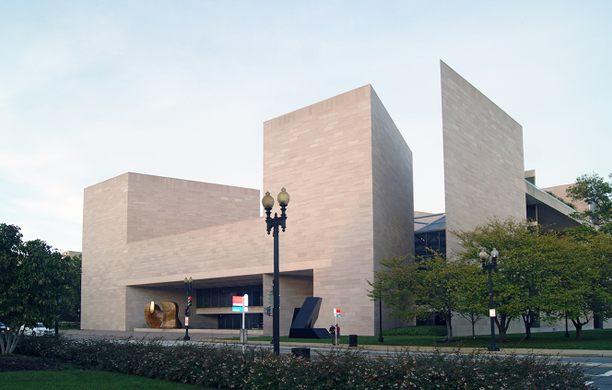









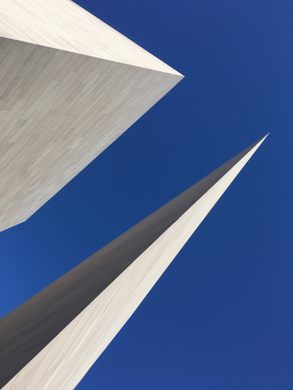

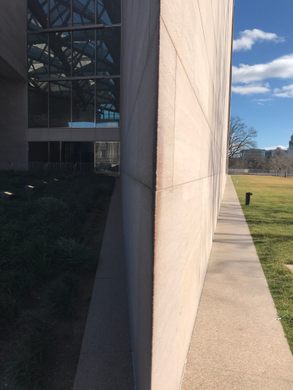














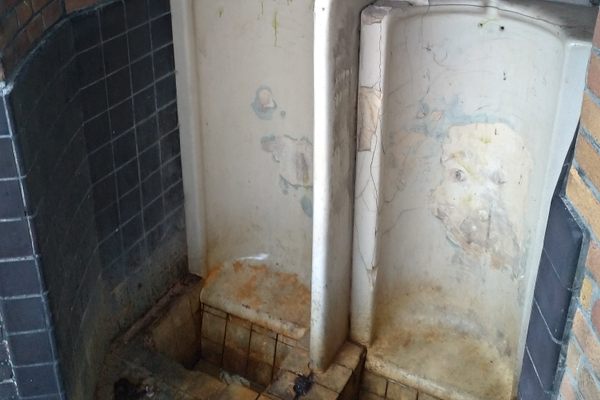
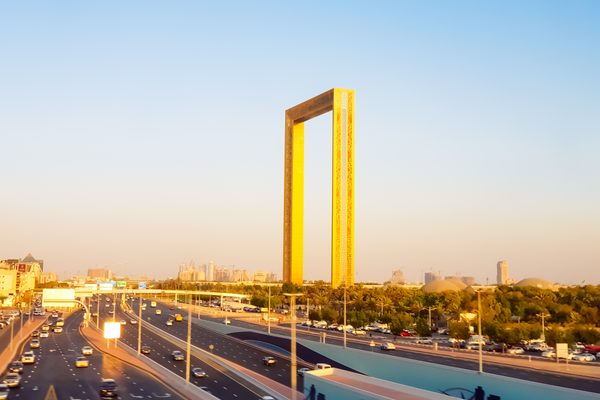
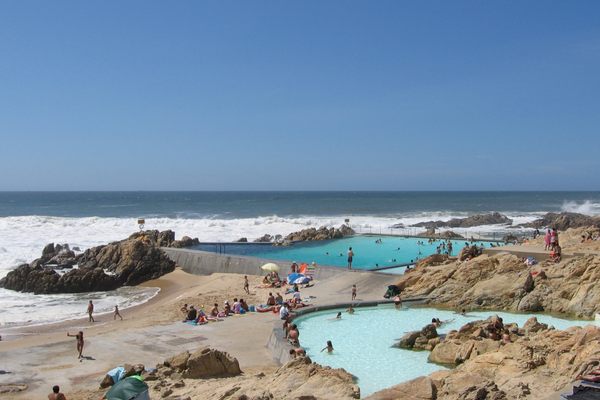

Follow us on Twitter to get the latest on the world's hidden wonders.
Like us on Facebook to get the latest on the world's hidden wonders.
Follow us on Twitter Like us on Facebook